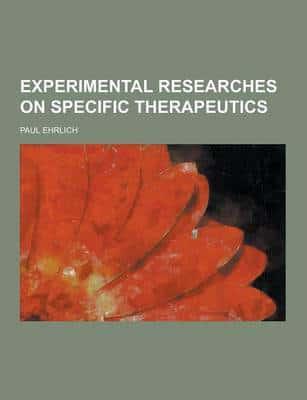Publisher's Synopsis
This historic book may have numerous typos and missing text. Purchasers can usually download a free scanned copy of the original book (without typos) from the publisher. Not indexed. Not illustrated. 1908 edition. Excerpt: ... altered even after as many as a hundred successive passages. We have up to now produced similar strains resistant to arsenical preparations, to trypan-red and trypan-blue as well as to fuchsin. In my next lecture I shall enter more fully into the importance of these strains. I will here discuss one point only which is connected with to-day's subject, viz., the question as to the origin of the resistant strains. I have made the interesting observation on an arsenic-fast strain which was obtained by several years' treatment with atoxyl, and which was then made still more resistant by means of a very active arsenical preparation (No. 379), which I shall briefly call "Trypocid." This strain is distinguished from normal trypanosomes in that it is no longer influenced by this highly active arsenical preparation. One would have expected that also in test-tube experiments, it would have shown a high resistance towards trypocid. Of course, such an examination could only be carried out by comparing it with other strains of trypanosomes. For obvious reasons I employed the original strain from which this resistant one had been derived, and which had been cultivated in the laboratory. I chose two animals containing about the same number of parasites and mixed their bloods with solutions of trypocid of different degrees of concentration. I now observed the very unexpected phenomenon that in these mixtures the immune strain was far less resistant to higher doses of trypocid than the normal one. Thus whilst concentrations of i in 500 to 1 in 1,000 almost instantaneously killed the immune strain, the control strain retained its motility unimpaired in these concentrations for not less than five minutes. We have here, therefore, one of those striking...








